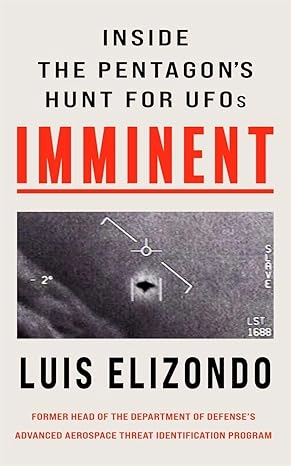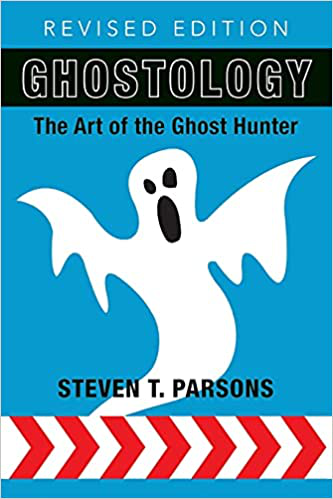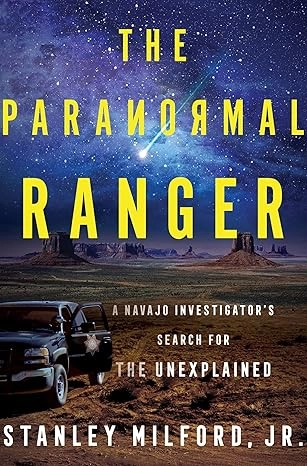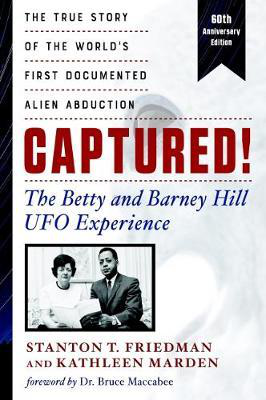St. John’s Eve aka Bonfire Night, Ireland - 23rd June
Mythology/Folklore/History
Sunday 23rd, June 2024
2 minute read.
June 23rd, known as St. John’s Eve or Bonfire Night, is a deeply rooted tradition in many parts of Ireland. Historically, this night was marked by the construction of large fires throughout the countryside, which were lit at sundown and became the focal point of communal festivities. Communities would gather to dance, sing, and celebrate together, with young men showcasing their bravery by leaping through the flames.
This is the day before the Feast Day of Saint John the Baptist, John was born about six months before Jesus, his feast day was fixed on 24th June, approximately six months before Christmas Eve. The evening is also known in Ireland as Oíche San Seáin or Oíche Fhéile Eoin or Bonfire Night and many of the traditions associated with the festival are rooted in pre-Christian pagan traditions which became blended into Christianity.
The word “bonfire” is a wearing down of “bone fire” which is literally the meaning of the Irish term for such a fire, “tine chnámh”. It is an allusion to the fact that animal bones were burned on these ritual fires on special occasions. When the religious significance of burning animal bones was forgotten it became customary to burn small objects of piety, such as rosary beads, little statues or scapulars, when they became broken or worn out. They could be destroyed without disrespect by being burned in the Midsummer Fire.
The night is rich in folklore, much of it centred around fertility and the magical properties of the bonfire. Prayers and rhymes were recited to ensure a plentiful harvest. The fire itself was believed to possess magical powers. For instance, burning weeds in its flames was thought to prevent arable fields from becoming overgrown, while scattering its ashes was believed to guarantee the land’s fertility. Similarly, parading through the fields with lighted branches from the bonfire was said to protect the crops from disease and pestilence. Bringing the ashes home to light the kitchen hearth was also deemed particularly lucky.
Although many of these customs have faded over time, lighting St. John’s bonfires still takes place in various parts of Ireland, especially in the west. The timing of these fires, so close to the Summer Solstice, suggests that the tradition may have ancient roots.
This is the day before the Feast Day of Saint John the Baptist, John was born about six months before Jesus, his feast day was fixed on 24th June, approximately six months before Christmas Eve. The evening is also known in Ireland as Oíche San Seáin or Oíche Fhéile Eoin or Bonfire Night and many of the traditions associated with the festival are rooted in pre-Christian pagan traditions which became blended into Christianity.
The word “bonfire” is a wearing down of “bone fire” which is literally the meaning of the Irish term for such a fire, “tine chnámh”. It is an allusion to the fact that animal bones were burned on these ritual fires on special occasions. When the religious significance of burning animal bones was forgotten it became customary to burn small objects of piety, such as rosary beads, little statues or scapulars, when they became broken or worn out. They could be destroyed without disrespect by being burned in the Midsummer Fire.
The night is rich in folklore, much of it centred around fertility and the magical properties of the bonfire. Prayers and rhymes were recited to ensure a plentiful harvest. The fire itself was believed to possess magical powers. For instance, burning weeds in its flames was thought to prevent arable fields from becoming overgrown, while scattering its ashes was believed to guarantee the land’s fertility. Similarly, parading through the fields with lighted branches from the bonfire was said to protect the crops from disease and pestilence. Bringing the ashes home to light the kitchen hearth was also deemed particularly lucky.
Although many of these customs have faded over time, lighting St. John’s bonfires still takes place in various parts of Ireland, especially in the west. The timing of these fires, so close to the Summer Solstice, suggests that the tradition may have ancient roots.



